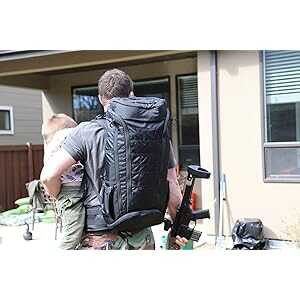
Earlier this year, Beretta announced additions to the APX family, namely the Centurion and Compact. The APX has been a weird gun, at least in terms of public reception. I think the APX is a fine choice and has a lot of things going in its favor. I have thought that since my first full size APX review last year. But I rarely see them in the wild, which really makes me wonder how many Beretta is selling. I think this has little to do with the platform and a lot to do with timing.
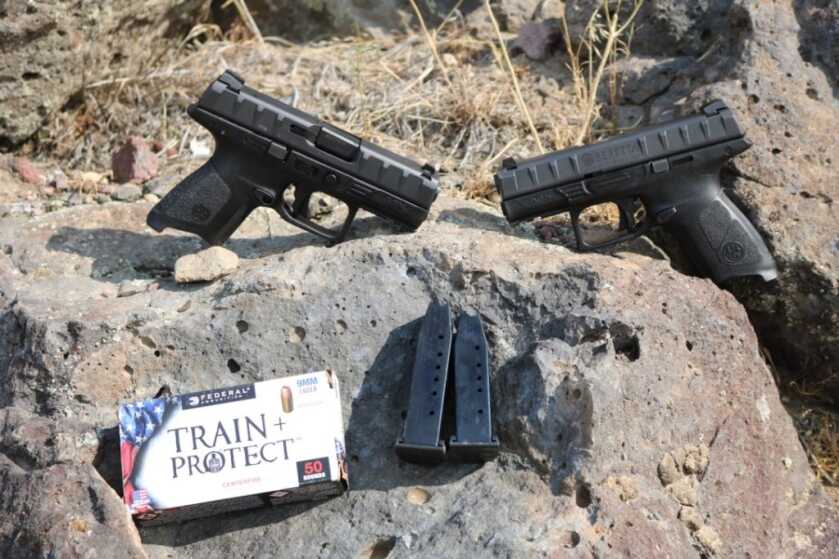
While the APX was not Beretta’s first foray into the polymer market, it was the first serious change-up in quite some time. After all, they had attempted to submit the M9A3 into the MHS trials, as well as the Joint Pistol Solicitation before that. So for whatever reason, the APX was unveiled in February of 2017. Two months after the M&P 2.0, one month after the SIG P320 won the Army contract and just a few months before the SIG X5 and Glock Generation 5 release. That was a lot of polymer for one year to handle, and the APX kind of got lost in the mix. It has become something of a dark horse contender, but one that is still worthy of your attention.
The most distinctive feature of the APX family is the slide serrations, dubbed by my friend Eric Poole as the “Toblerone slide.” With its jagged edges, it does resemble the legendary Swiss chocolate bar. Designed with the worst-case scenario in mind, the geometry does make the slide hard to miss when you try to rack it. The points aren’t sharp, but they are certainly grippy. The overall effect is something you would pay a lot to have done to your Glock, but ready out of the box. While the slide has been shortened for the Centurion and Compact to 3.7 inches, from 4.25 on the full-size model.
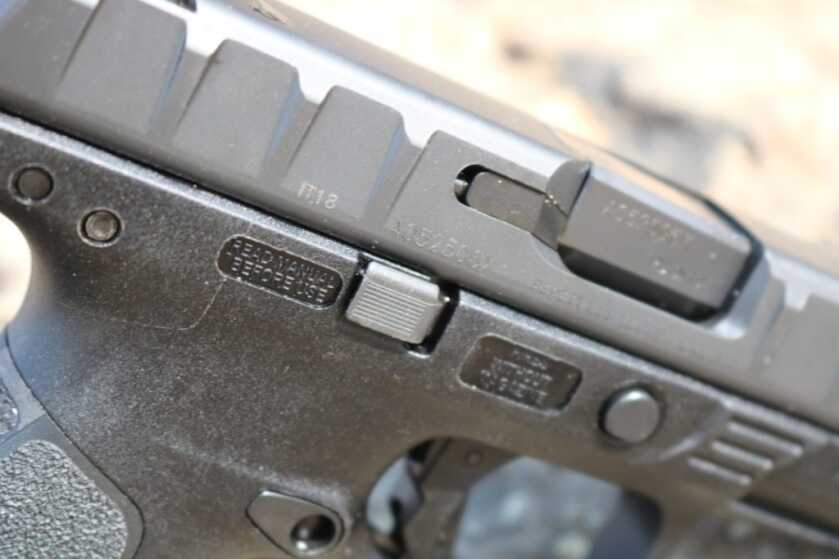
The second distinctive feature is the flat-faced, and wide trigger. It has a safety in the middle similar to other polymer guns, with the flat face many prefer. While I won’t say a flat face is any better than a curved for performance, it does look cool. And is another feature people pay to upgrade on other guns. The width actually does help the trigger feel lighter since your leverage is higher. As fans of the Colt Gold Cup know, it really does work. Again, both new models share this feature.

The third thing that really makes the APX stand out is its chassis system. It is a bit more involved than the SIG P320 family for removal, but it functions the same. The trigger group is one big piece and is the serialized part. For ATF purposes, that makes it the gun, and the rest of the APX parts. When the APX first arrived, you had the option to buy different colored grips for $50. It would make sense that we see conversion kits to Centurion and Compact size, to save the APX owners some coins on a new gun. We haven’t really seen Beretta move that direction yet, but the options do exist. (Hint, Hint, executives.)

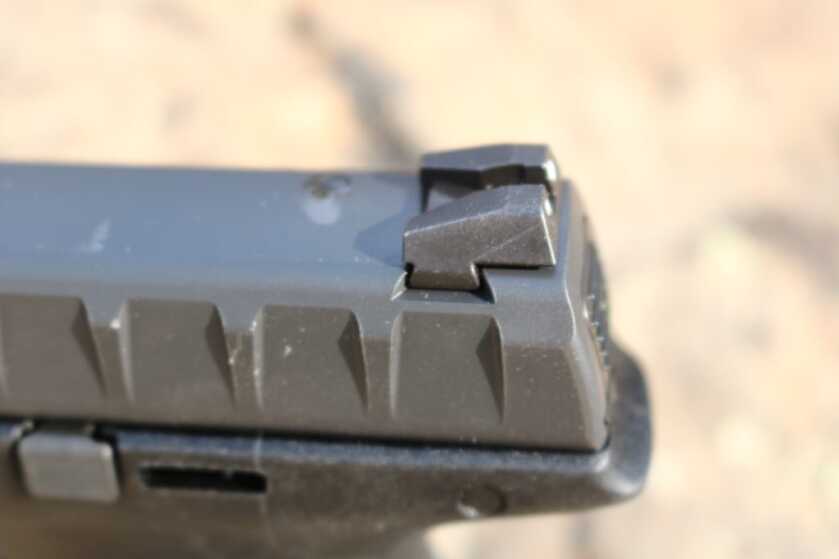
The last really distinctive feature of the APX series I was happy to see also retained by the Centurion and Compact. Instead of a flat based magazine, the APX features a triangular cut out in the frame, with a large triangle on the magazine that fills it. This gives you a lot of purchase on the magazine, easily half a thumb pad. The beauty of this isn’t on the range when the gun is new. It is much later, probably in some bad weather, when you are trying to rip a magazine out to correct a double feed while taking incoming. There was some gunfighter input into the APX design, which is obvious here.
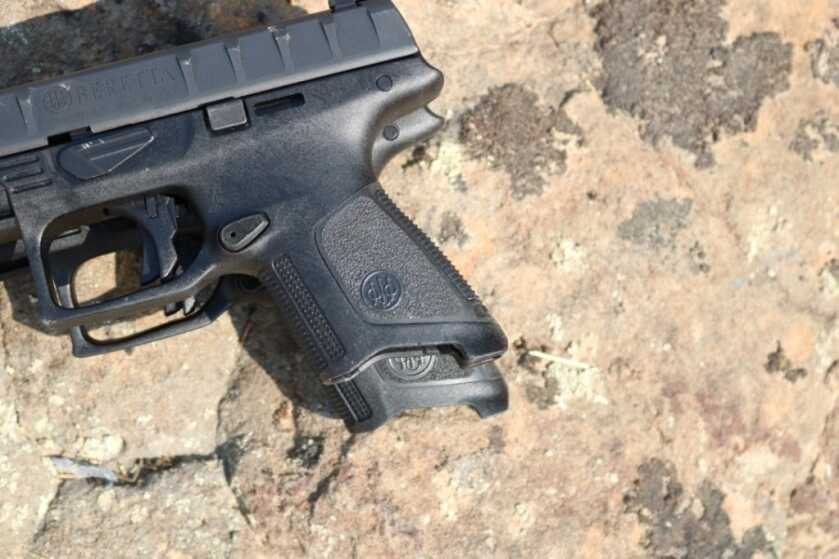
So, with all that said, what exactly are the Centurion and Compact version? Well, as I said in the video, we did these guns together for a reason. The Centurion is basically Glock 19 or M&P2.0 Compact size. It is an APX with a slightly shortened slide and grip. It has a capacity of 15+1, compared to the APX full size 17+1. The Compact is basically Glock 26 or M&P 9C size, with a capacity of 13+1, while retaining the same 3.7-inch barrel length.

That is a pretty simple way of summing it up, but don’t think for a second I am talking smack. The Centurion size is a great compromise on a lot of fronts, and there is nothing wrong with going to G-19 size. In other platforms, it has proven to be incredibly popular, often eclipsing the full-size version. I don’t think the question is why this size, I think the question is what took them so long. The Centurion has a lot of potential and is a great option for an all-around gun. Big enough to fight with, but small enough to conceal.
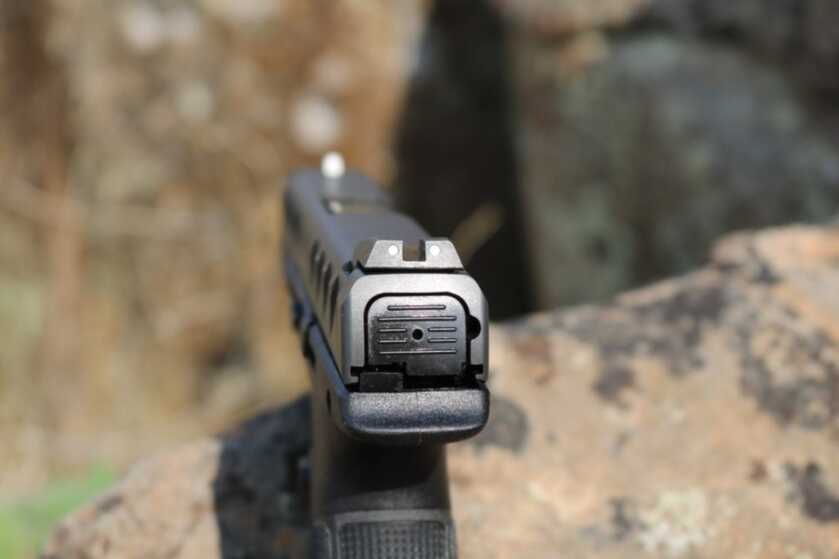
The Compact, well, it has a place too. Some people love guns this size for CCW. The shorter grip does aid in concealment some, but you still get a double stack magazine and a decent length of sight radius. You pay for it in controllability, as you can get less hand on the grip. Not a huge problem in 9mm, but you will notice a difference. This is not the most popular size in other platforms, but it does have its fans. If nothing else, there is something to be said for a family of pistols covering all the bases.
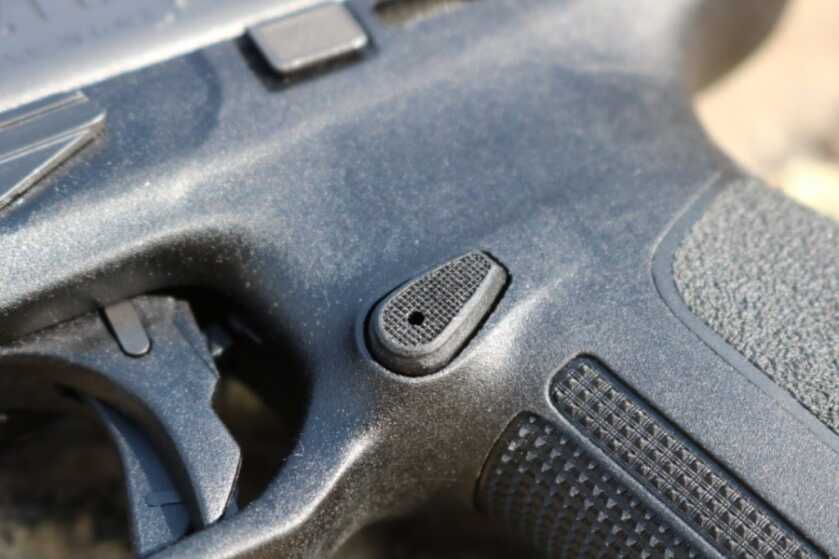
I think these are great additions to the lineup and should help move the APX into the mainstream where it belongs. At an MSRP of $575 each, these are worth taking a look at.
Visit Beretta to learn more about Beretta’s APX by clicking HERE.

